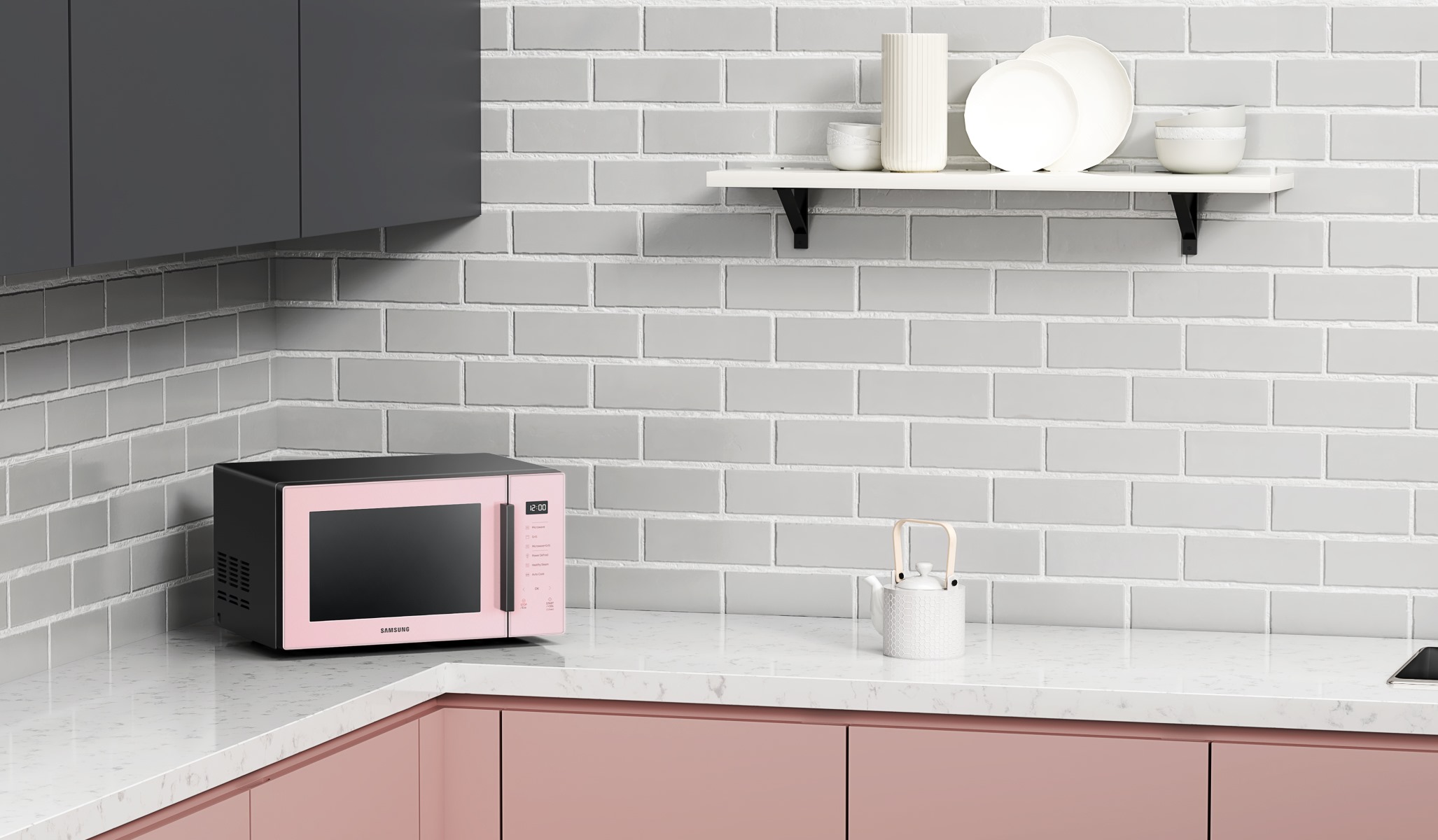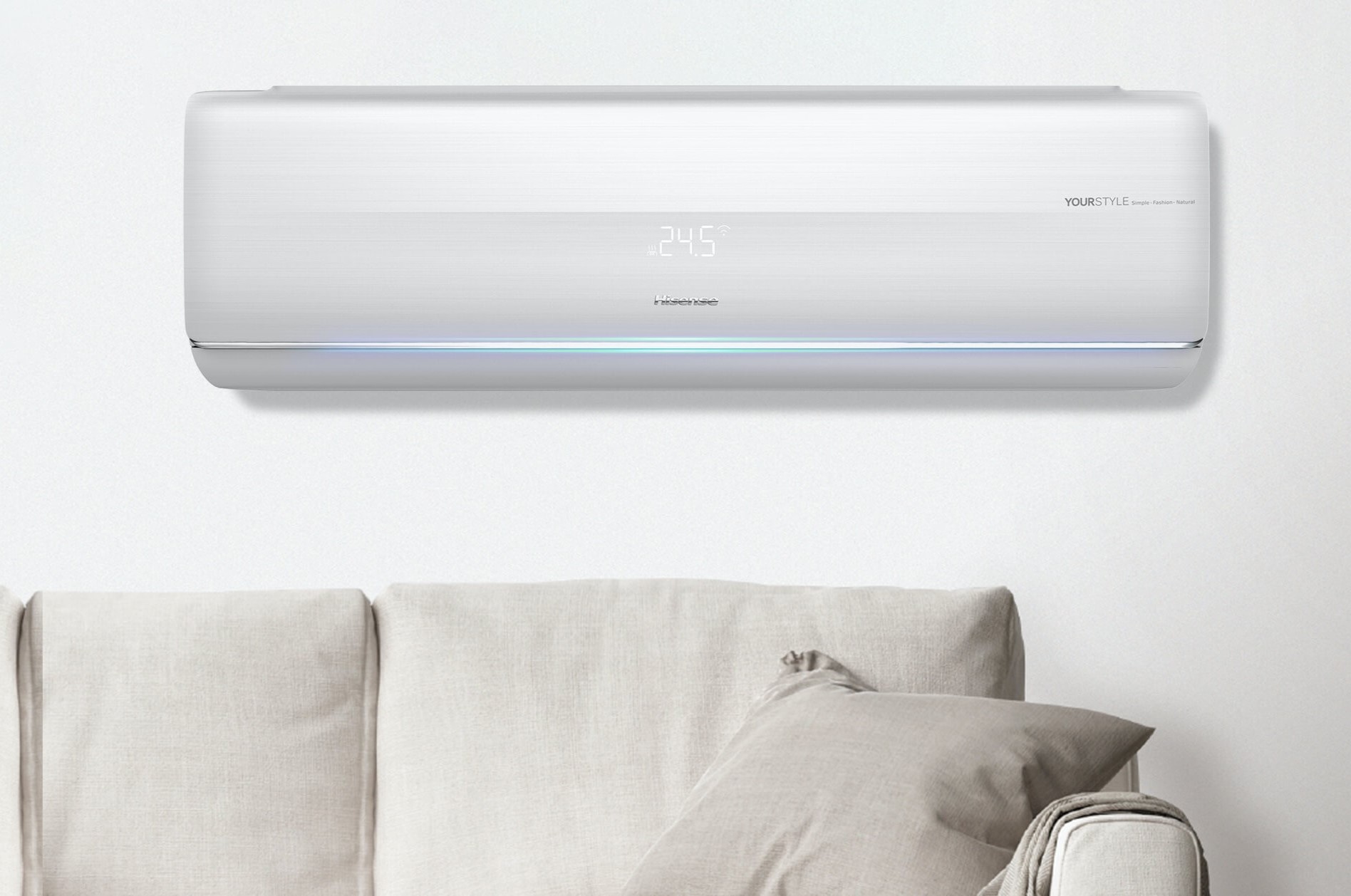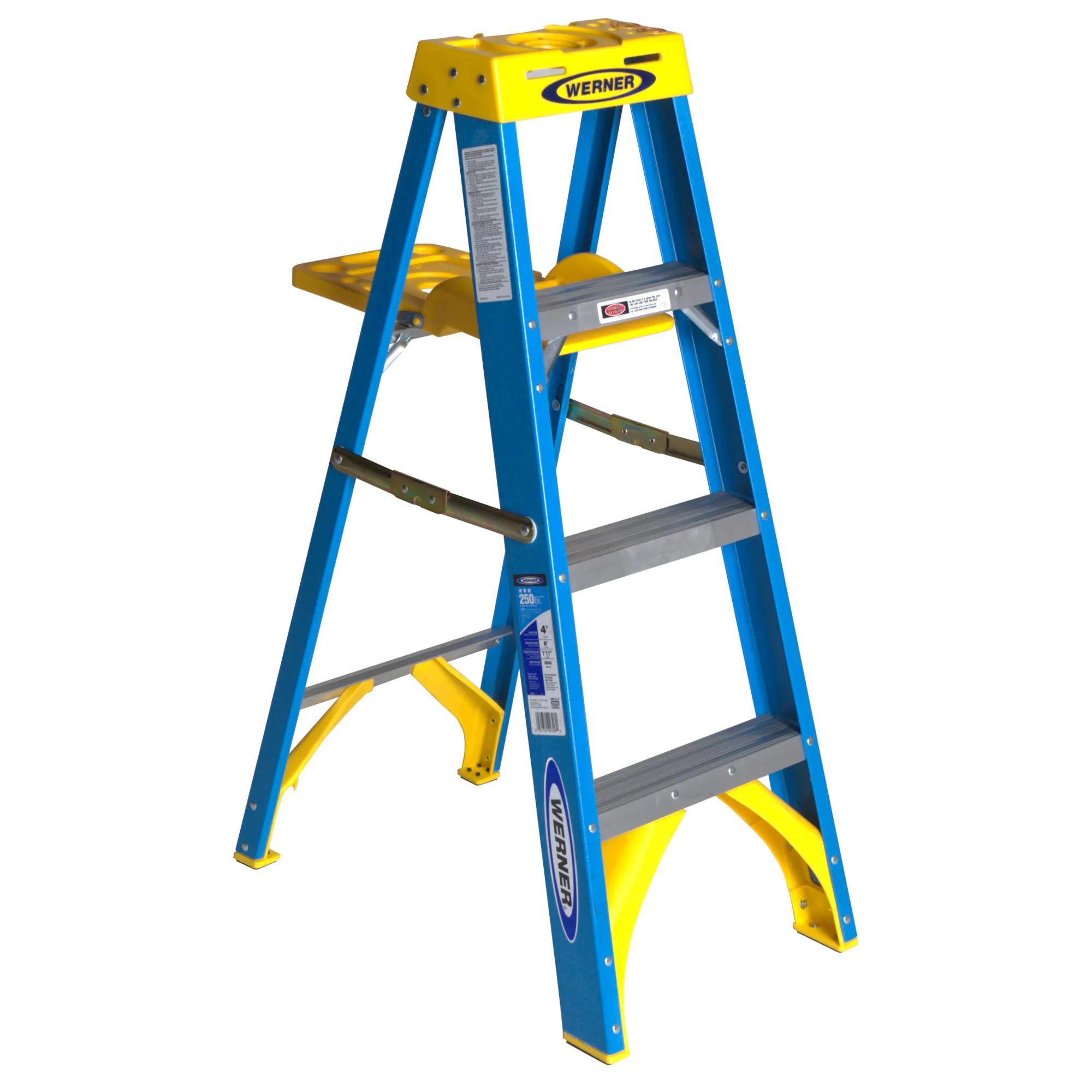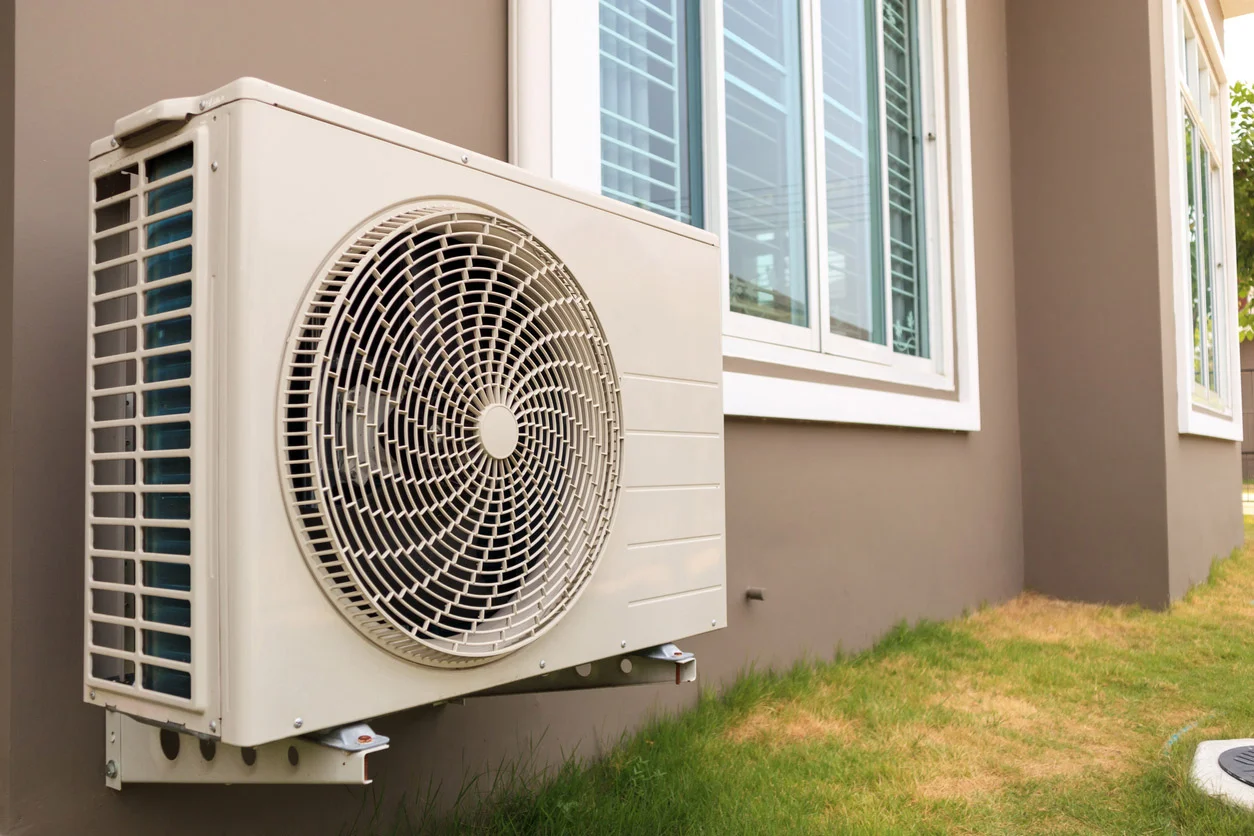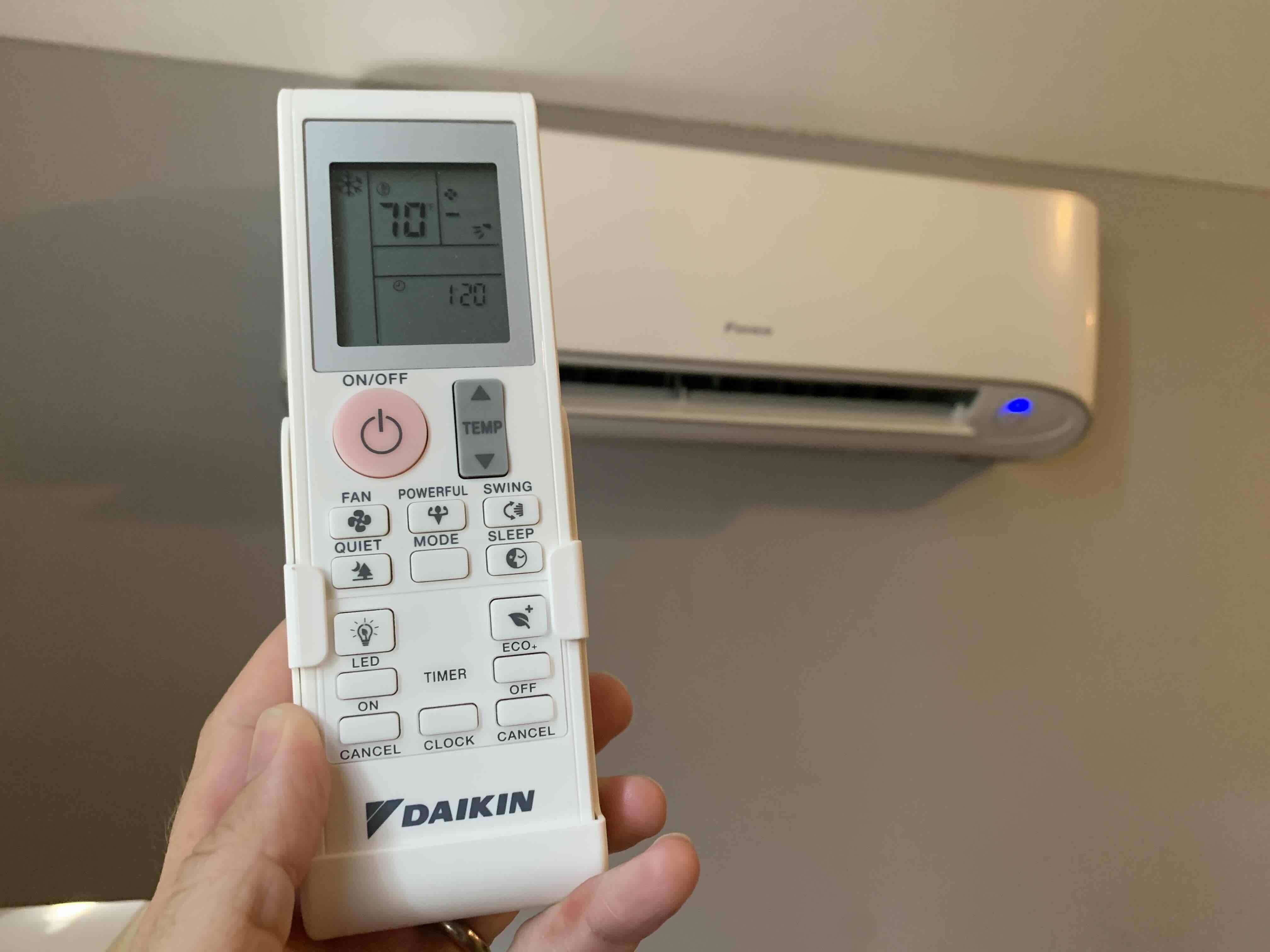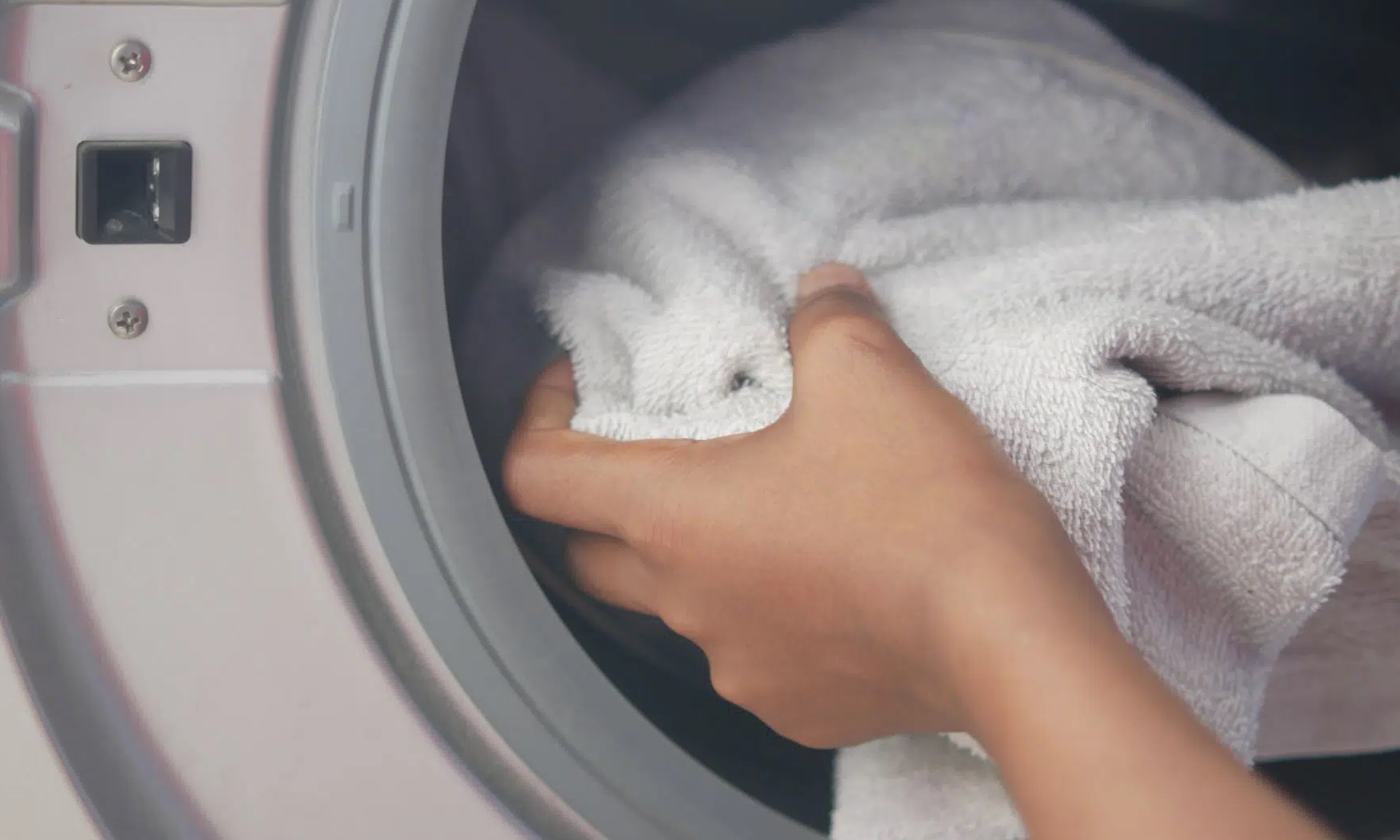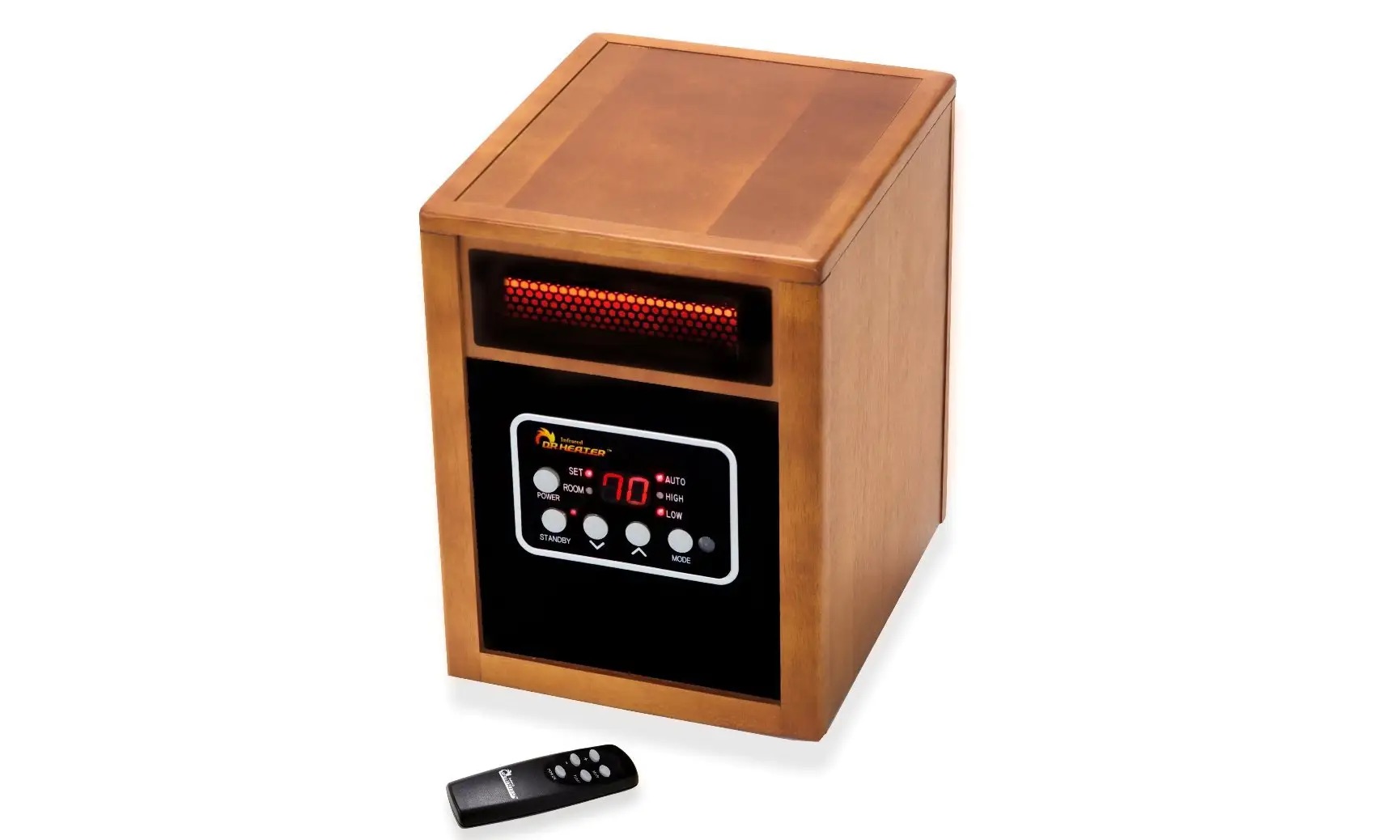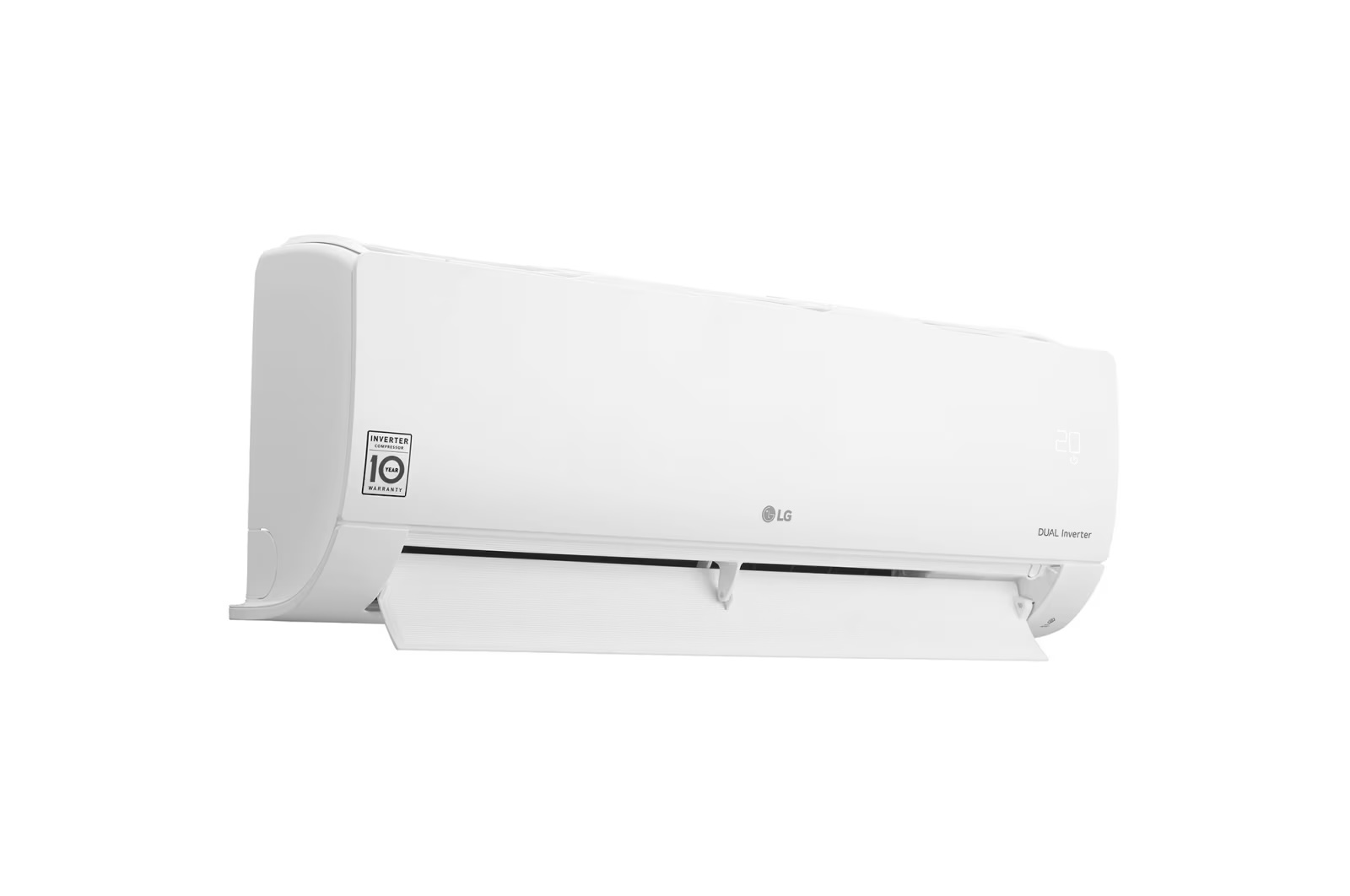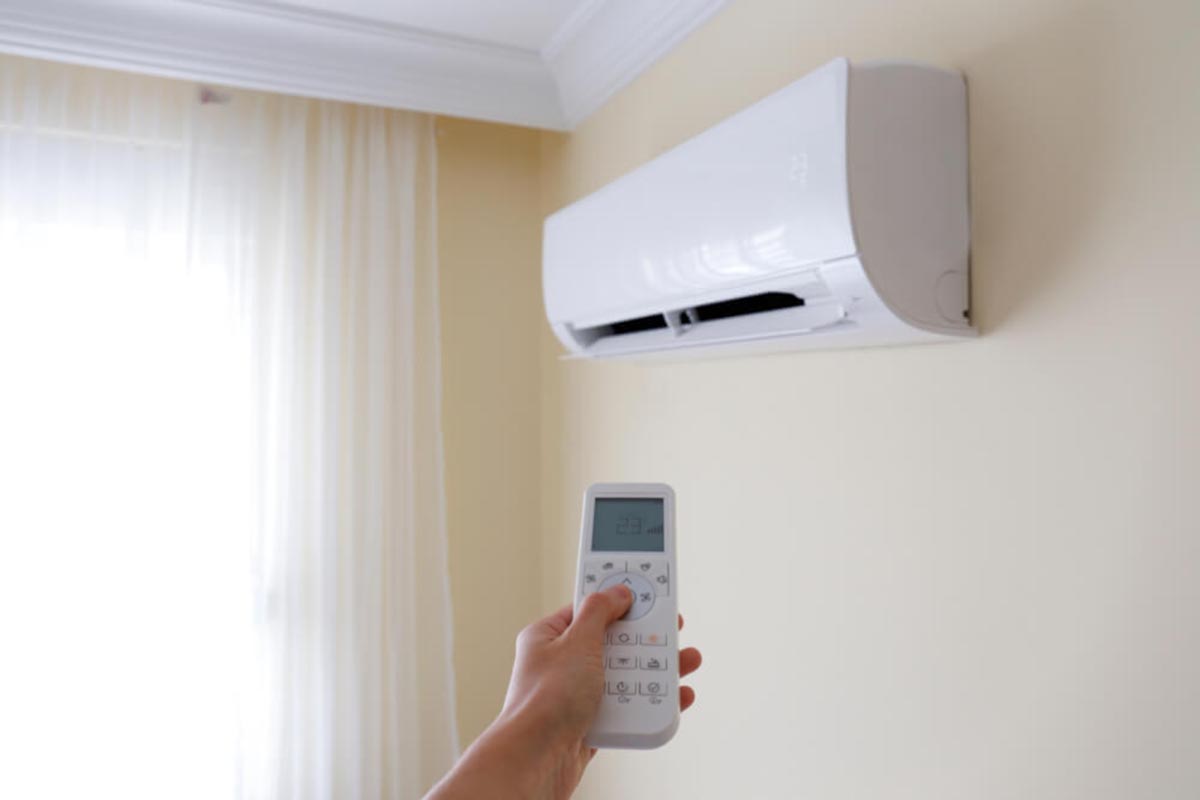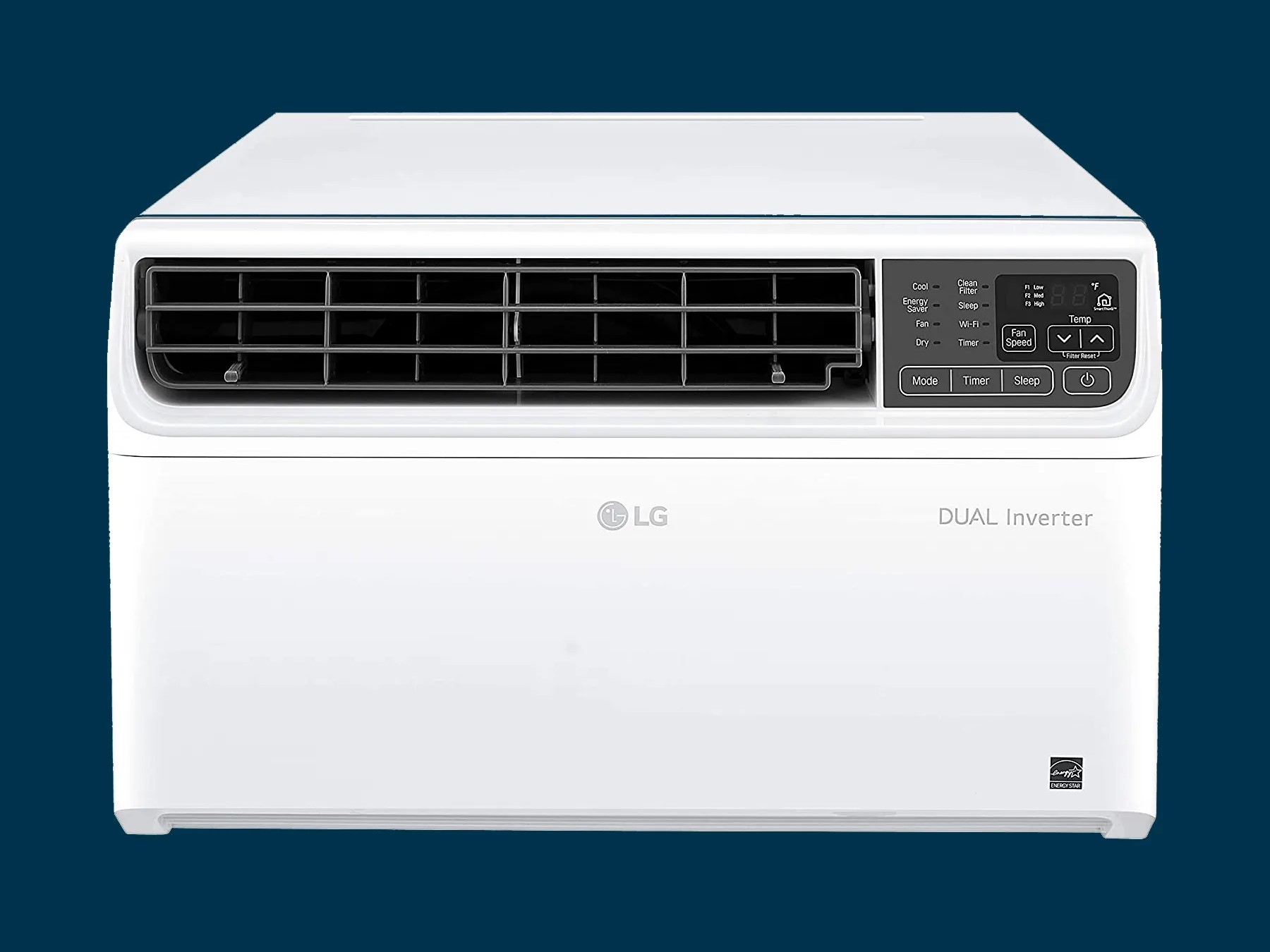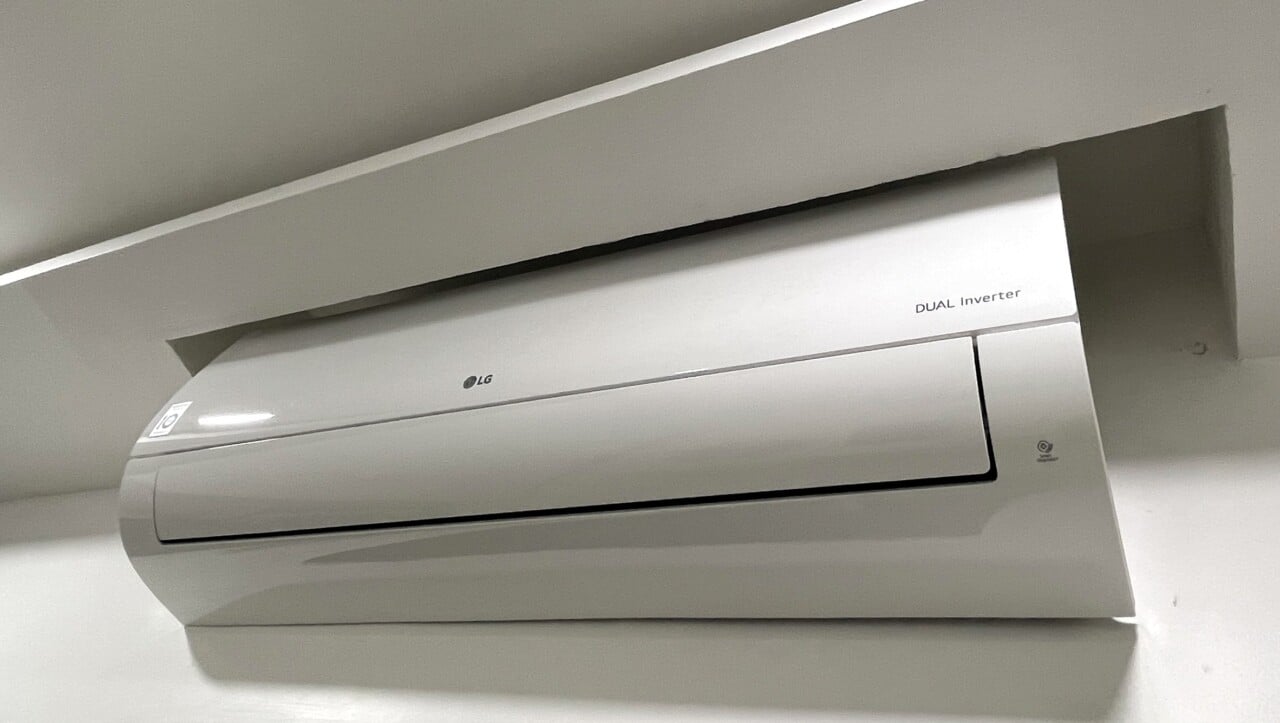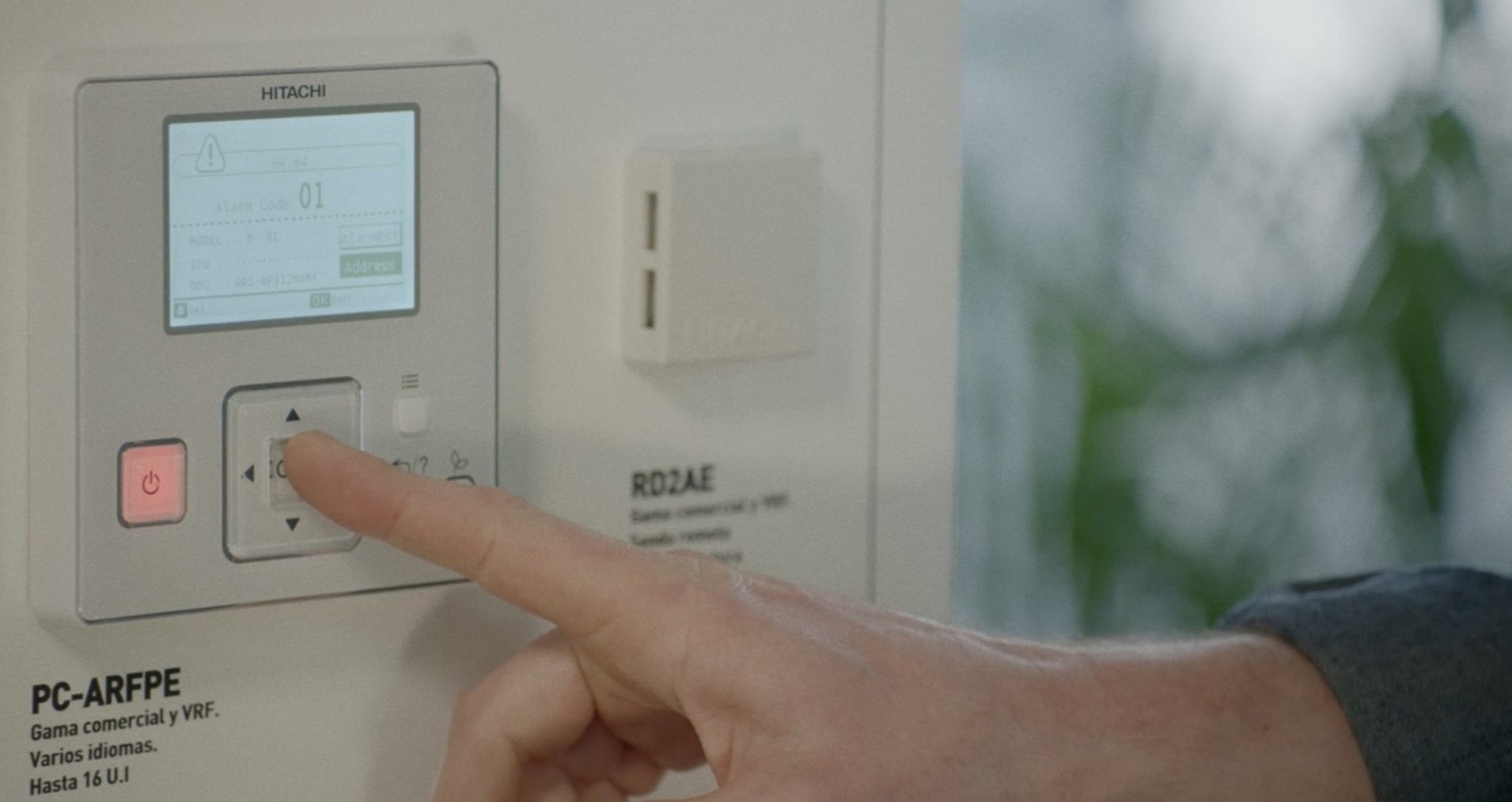Home>Home Maintenance>What Does P1 Mean On An Air Conditioner
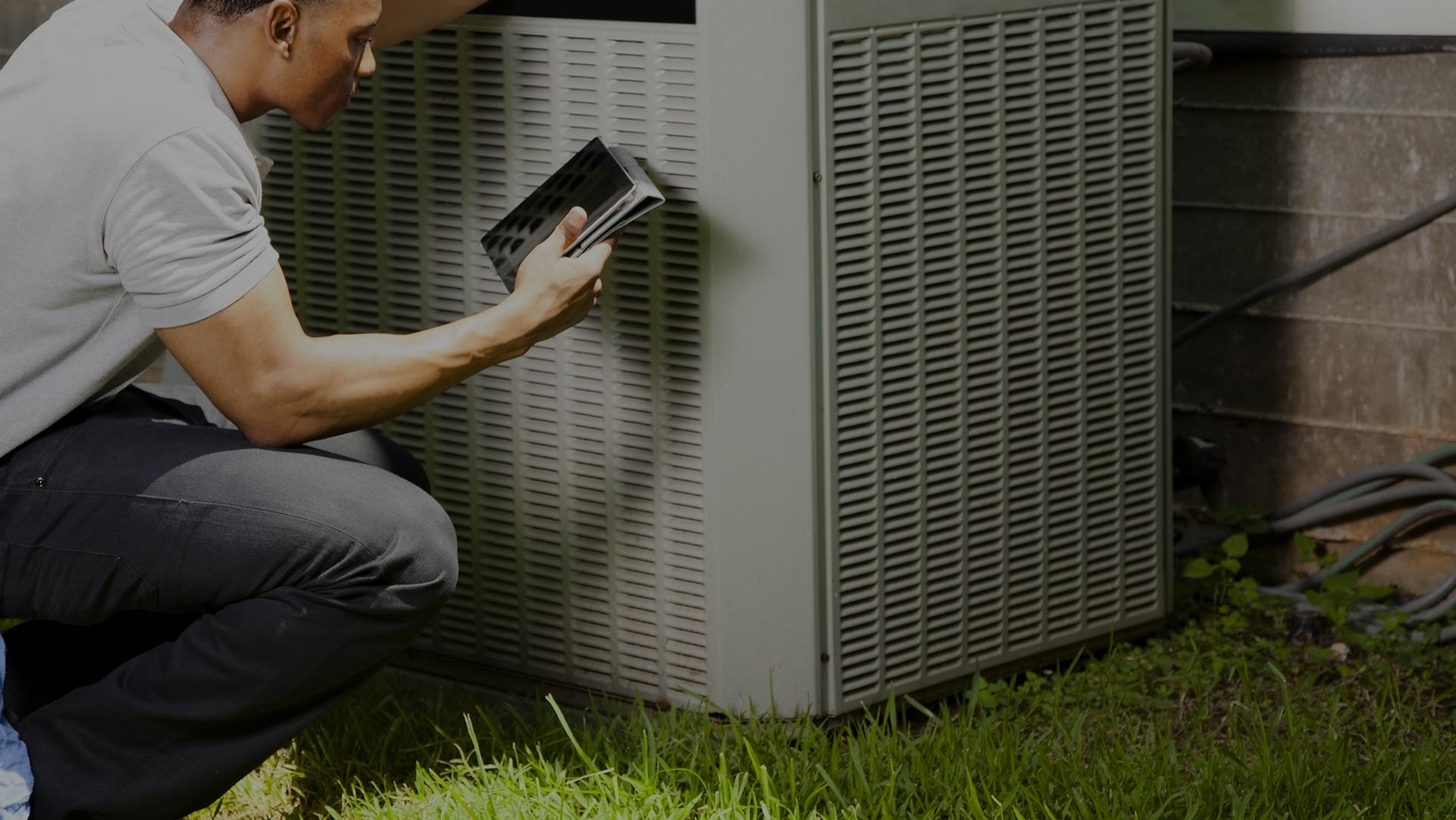

Home Maintenance
What Does P1 Mean On An Air Conditioner
Modified: March 7, 2024
Find out the meaning of P1 on an air conditioner and how it relates to home maintenance.
(Many of the links in this article redirect to a specific reviewed product. Your purchase of these products through affiliate links helps to generate commission for Storables.com, at no extra cost. Learn more)
Introduction
Welcome to your guide on understanding what the “P1” code means when it appears on your air conditioner. Whether you’re a homeowner, an HVAC technician, or just someone curious about home maintenance, it’s important to familiarize yourself with the various error codes that can appear on your air conditioning unit. Error codes provide crucial information about potential issues or malfunctions, allowing you to troubleshoot and address the problem promptly.
An air conditioner is a complex appliance that requires regular maintenance to ensure optimal performance. However, even with proper care, occasional errors can occur. One of the most common error codes is “P1,” which can be displayed on the control panel of your air conditioner.
In this article, we will delve into the meaning of the “P1” code and provide you with insights on its causes, troubleshooting methods, and general maintenance tips to help you resolve the issue.
Key Takeaways:
- The “P1” error code on your air conditioner indicates a problem with the compressor, which could be caused by issues like a faulty motor, refrigerant leaks, or a blocked air filter. Prompt troubleshooting and regular maintenance are essential to prevent and address this error.
- To troubleshoot the “P1” error, try power cycling the unit, checking the compressor, and cleaning or replacing the air filter. Regular maintenance, such as cleaning the outdoor unit and monitoring refrigerant levels, can help prevent the occurrence of the “P1” error and ensure your air conditioner operates efficiently.
Read more: What Does Fl Mean On An Air Conditioner
Understanding Air Conditioner Models
Before diving into the specifics of the “P1” error code, let’s take a moment to understand air conditioner models. Air conditioners come in various types, including window units, split systems, and central air conditioning systems. Each model has its own unique features and capabilities.
When it comes to troubleshooting an error code like “P1,” it is important to know the make and model of your air conditioner. This information can usually be found on a label or plate attached to the unit. By understanding your air conditioner model, you can have a better idea of its specific functions and potential error codes.
Additionally, knowing your air conditioner model is essential when seeking professional assistance or ordering replacement parts. HVAC technicians and customer service representatives will often ask for the model number to provide accurate support or find the correct components needed for repairs.
If you are unable to locate the model number or unsure about your air conditioner’s specifications, consult the user manual or reach out to the manufacturer for further assistance. Understanding your air conditioner model is the first step towards troubleshooting the “P1” error code effectively.
Decoding the “P1” Code
Now let’s decode the meaning behind the “P1” error code on your air conditioner. The “P1” code is typically associated with a compressor overload or overcurrent protection. It indicates that there is an issue with the compressor, which is an essential component responsible for cooling the air in your air conditioning system.
When the compressor experiences an overload or draws an excessive amount of current, the air conditioner’s circuitry detects this irregularity and triggers the “P1” error code. This is a safety mechanism designed to protect the air conditioner from further damage and prevent hazards like electrical fires.
Essentially, the “P1” code signals that there is an abnormality with the compressor’s operation. It could be caused by a variety of factors, such as a faulty compressor motor, a refrigerant leak, a blocked air filter, or a malfunctioning electrical component within the system.
It is essential to address the “P1” error code promptly to prevent further damage to your air conditioning unit and ensure optimal cooling performance in your home.
Causes of the P1 Error
Several factors can contribute to the appearance of the “P1” error code on your air conditioner. Understanding the potential causes can help you troubleshoot the issue more effectively. Here are some common reasons behind the “P1” error:
- Compressor Motor Issues: A malfunctioning or faulty compressor motor can trigger the “P1” error code. This can be caused by worn-out bearings, a seized motor, or electrical problems within the motor itself.
- Refrigerant Leaks: Low refrigerant levels due to leaks in the system can put excessive strain on the compressor, leading to an overload and triggering the “P1” error code. Refrigerant leaks can occur due to worn-out components, loose connections, or damage to the refrigerant lines.
- Blocked Air Filter: A clogged or dirty air filter can restrict airflow, causing the compressor to work harder than necessary. This extra strain can result in an overload and the appearance of the “P1” error code. Regularly cleaning or replacing the air filter is crucial to maintaining optimal airflow and preventing compressor issues.
- Faulty Electrical Components: Problems with electrical components such as capacitors, relays, or wiring can disrupt the normal functioning of the compressor and trigger the “P1” error code. These components may degrade over time or become damaged due to power surges or environmental factors.
- High Ambient Temperatures: In hot climates or during heatwaves, the ambient temperature can become excessively high. The high temperatures put added strain on the air conditioning system, including the compressor. If the compressor’s performance is compromised under such conditions, it can trigger the “P1” error code.
It is important to remember that these are just a few potential causes of the “P1” error code. Other factors, such as incorrect installation, improper maintenance, or other mechanical issues, can also contribute to this error. Consulting a professional HVAC technician is recommended to accurately diagnose and resolve the underlying cause of the “P1” error.
P1 on an air conditioner usually indicates a problem with the unit’s power supply. Check the circuit breaker and power supply to troubleshoot the issue. If the problem persists, contact a professional technician for further assistance.
Troubleshooting the P1 Error
When faced with the “P1” error code on your air conditioner, there are several troubleshooting steps you can take to identify and resolve the issue. Here are some steps to follow:
- Power Cycle the Unit: Start by turning off the air conditioner and unplugging it from the power source. Allow the unit to rest for about 10-15 minutes to reset any internal sensors or circuits. Then, plug the unit back in and turn it on to see if the “P1” error code persists.
- Check the Compressor: Inspect the compressor for any visible signs of damage or irregularities. Look for loose wires, oil leaks, or burnt smells. If you notice any problems, it is advisable to contact a professional HVAC technician to assess and repair the compressor.
- Clean or Replace the Air Filter: Ensure that the air filter is clean and free from debris. If it appears dirty or clogged, clean or replace it according to the manufacturer’s instructions. This step can help optimize airflow and prevent unnecessary strain on the compressor.
- Inspect for Refrigerant Leaks: Check for any signs of refrigerant leaks, such as oil spots or hissing sounds, around the air conditioning unit. If you suspect a refrigerant leak, it is best to contact a licensed HVAC professional to safely repair and recharge the system.
- Examine Electrical Connections: Carefully inspect the electrical connections, including capacitors, relays, and wiring. Look for loose or corroded connections, frayed wires, or any signs of damage. If you are not experienced in handling electrical components, it is recommended to seek the assistance of a qualified technician.
- Monitor Ambient Temperature: Consider the ambient temperature in which the air conditioner operates. If the temperature is exceptionally high, give the unit a break and allow it to cool down before running it again. Using shades or blinds to block direct sunlight and reducing heat-generating activities in the surrounding area can also help alleviate strain on the compressor.
If the “P1” error code persists after troubleshooting these steps, it is advisable to contact a professional HVAC technician. They have the expertise and tools required to perform a thorough diagnosis and repair any underlying issues with your air conditioning system.
Remember, regular maintenance and professional servicing are essential to prevent and address error codes like “P1” effectively. It is recommended to schedule annual maintenance visits with a qualified technician to keep your air conditioner running smoothly and to minimize the risk of future errors.
Precautions and Maintenance Tips
Taking precautionary measures and following proper maintenance practices can help prevent the occurrence of the “P1” error code and ensure the longevity of your air conditioning system. Here are some important precautions and maintenance tips to keep in mind:
- Regularly Clean or Replace the Air Filter: Clean or replace the air filter as recommended by the manufacturer or at least once every 1-2 months. A clean filter promotes proper airflow and helps prevent debris from entering and damaging the compressor.
- Maintain Adequate Clearance Around the Unit: Ensure that there is sufficient space around your air conditioning unit for proper ventilation. Clear any debris, plants, or obstructions that may impede airflow to the unit. This will help prevent overheating and reduce strain on the compressor.
- Schedule Professional Maintenance: Arrange for annual maintenance visits from a qualified HVAC technician. They can inspect and service your air conditioner, including cleaning coils, checking refrigerant levels, and ensuring all components are in proper working condition.
- Monitor Refrigerant Levels: Low refrigerant levels can lead to compressor issues and trigger the “P1” error code. If you notice a decrease in cooling efficiency or suspect a refrigerant leak, contact a professional technician to perform the necessary repairs and recharge the system.
- Avoid Overworking the System: During periods of extreme heat, consider using other cooling methods or fans to supplement your air conditioner. This can help prevent constant operation and reduce strain on the compressor.
- Protect the Unit from Power Surges: Install a surge protector to safeguard your air conditioner from power fluctuations. Power surges can damage electrical components, including the compressor, leading to error codes like “P1”.
- Keep the Outdoor Unit Clean: Regularly inspect and clean the outdoor condenser unit. Remove any debris, leaves, or grass clippings that may accumulate on the unit. Maintaining a clean unit helps promote proper airflow and prevents obstructions that can strain the compressor.
By following these precautions and maintenance tips, you can minimize the risk of encountering the “P1” error code and ensure your air conditioner operates efficiently and effectively.
Conclusion
The appearance of the “P1” error code on your air conditioner can be worrisome, but with the right knowledge and troubleshooting steps, you can quickly address the issue. Understanding your air conditioner model, decoding the error code, and identifying potential causes are essential steps in troubleshooting the “P1” error.
By following the recommended troubleshooting steps, such as power cycling the unit, checking the compressor, cleaning or replacing the air filter, and monitoring for refrigerant leaks, you can resolve many common issues associated with the “P1” error. However, if the problem persists or if you are unsure about performing these steps on your own, it is best to contact a professional HVAC technician for assistance.
Preventive maintenance is crucial in maintaining the proper functionality of your air conditioner and minimizing the risk of encountering error codes like “P1.” Regularly cleaning or replacing the air filter, maintaining adequate clearance around the unit, scheduling professional maintenance visits, and monitoring refrigerant levels are essential maintenance practices that can help keep your air conditioner in optimal condition.
Remember, safety should always be a priority when dealing with electrical appliances. If you are unsure about any troubleshooting steps or if there is a potential electrical issue, it is best to seek professional help to avoid any risks or further damage.
By staying vigilant with preventive maintenance, promptly addressing any issues, and seeking professional assistance when needed, you can ensure your air conditioner operates efficiently, keeps you cool during hot temperatures, and remains free from error codes like “P1”.
Thank you for reading, and we hope this guide has provided you with valuable insights on understanding and troubleshooting the “P1” error code on your air conditioner.
Frequently Asked Questions about What Does P1 Mean On An Air Conditioner
Was this page helpful?
At Storables.com, we guarantee accurate and reliable information. Our content, validated by Expert Board Contributors, is crafted following stringent Editorial Policies. We're committed to providing you with well-researched, expert-backed insights for all your informational needs.

